How to get rid of a tick on a currant?
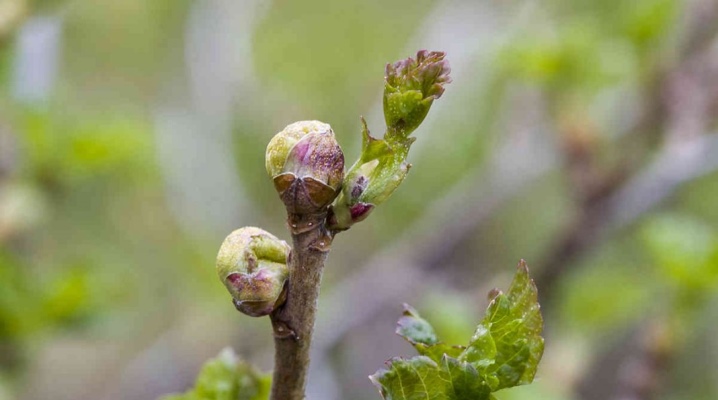
A bud mite is a common pest that can kill currant bushes. What reasons indicate the appearance of a parasite, and what to do with it, we will tell in the article.
Signs of the disease
The currant bud mite often infects gooseberry bushes, as well as black, red and white currants.
Most often, this pest attacks the buds of shrubs. It is easiest to notice diseased parts of the plant closer to autumn, in contrast to healthy ones. They differ in appearance. Healthy buds of flowers look rounded and slightly elongated, and leafy ones are distinguished by elongation, they are closed with external strong scales.
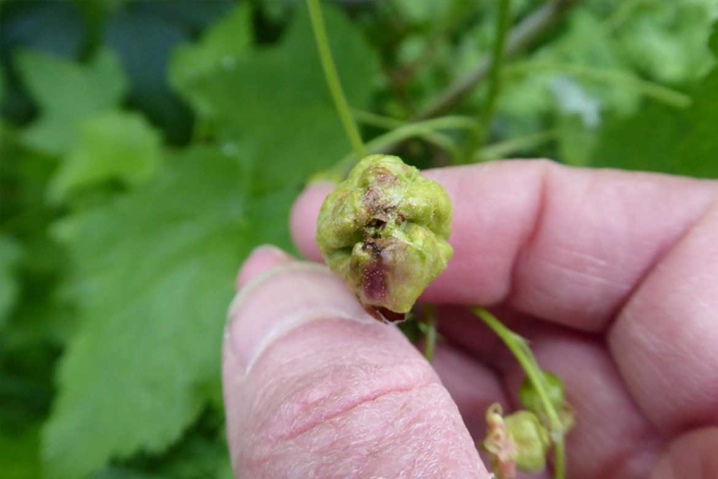
Diseased kidneys look puffy and round. Their bloat is due to the fact that they contain a large number of females. When warm weather sets in, they are ready to actively breed.
In spring and summer, it is worth paying attention to the change in the shape, size and color of the leaves, especially on the tops of young shoots. The leaf may deform and become coarser to the touch.
The shoots of the shrub stop developing. Infected plants begin to develop viral diseases, which are actively transferred by these pests. Because of them, currants may have foliage reversion or double flowers. Treatment of such plants is pointless. The best solution would be to get rid of them, in order to avoid spreading the disease to other, still healthy bushes.
Reasons for the appearance
There are many different factors that can influence the appearance of a pest. In summer, the main reason is weather conditions - excessive heat and drought. All this is favorable for the active reproduction of kidney mites, and therefore they begin to spread in large numbers on plantings.
The reason for the active attacks of pests may be the lack of organic fertilizers in the soil. Due to the fact that the shrub lacks nutrients, the plant begins to gradually weaken, as does its immunity. It becomes more vulnerable to tick attacks and the development of many viral diseases.
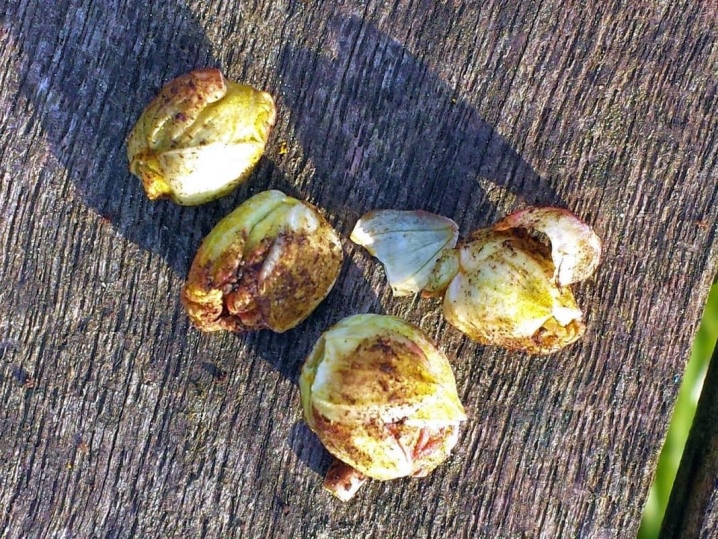
The disease can also spread from other diseased crops that are near healthy crops. If the affected plants are not eliminated in time, the disease will begin to spread, which can attract a tick.
Besides, insects can also appear due to excess dust on the foliage of the bush. This may be due to infrequent irrigation.
Control methods
Chemicals
Such funds are not included in the list of favorites among summer residents, but are very effective in the fight against parasites. However, they are very toxic, which can cause harm to humans, as well as beneficial insects and pets. In view of this, it is necessary to strictly follow the safety rules, to act strictly according to the instructions.
Chemical agents such as colloidal sulfur, acaricides, including Neoron, Oberon and Nissoran, as well as an insectoacaricide such as Fufanon, have shown themselves to be most effective in pest control.

Keep in mind that the tick can become accustomed to a particular chemical, which can make it less effective. Therefore, when processing the bush again, it is necessary to use a different drug.
Biological agents
Such drugs are more in demand, as they are highly effective and at the same time do not harm either humans or the environment. The components of such preparations most often include fungal strains and bacteria.
Among all the tools most experienced gardeners recommend "Akarin", "Fitoverm", "Bicol", "Boverin" and "Bitoxibacillin".
Treatment with these preparations is recommended before the flowers appear. It will be best to start it a second time only after picking the berries.
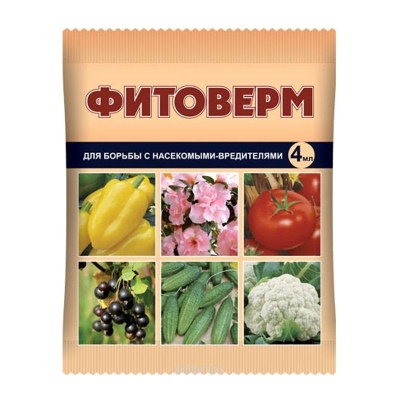
It is necessary to process shrubs at temperatures above +15 degrees. If the weather is too windy, or low temperatures are observed, then there will be no benefit to the plant from processing during such a period.
When using drugs, we strongly recommend that you strictly follow the instructions on the package. In addition, it is recommended to use different preparations for processing several times, be sure to check them for biocompatibility before use.

Folk remedies
Such methods will be especially effective in combination with chemical or biological methods, as well as if you start treatment with parasites in early spring.
All folk remedies can be made with your own hands at home. To create solutions, components such as onion husks, tobacco, garlic, or young green walnut shells are required.
For successful pest control, plants such as onions or garlic can also be planted near currants. They repel pests well. But note that there are such plants not worth it, especially if you treated your plantings with chemicals.
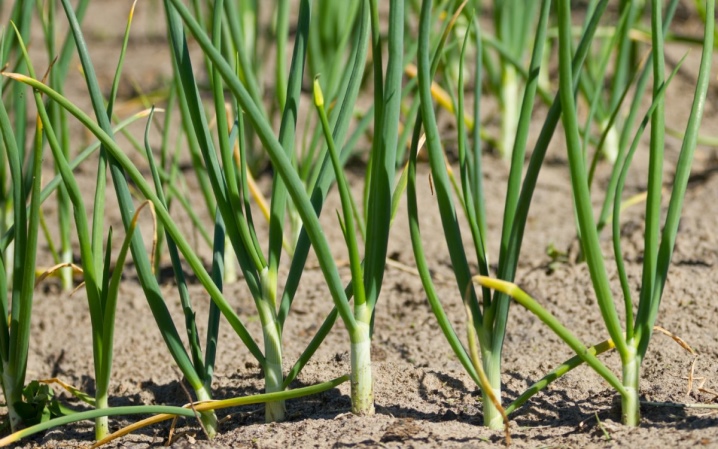
To protect the bush, you can also make a solution that requires 10 liters of water, 10 grams of colloidal sulfur and 75 grams of "Karbofos" to prepare it. All this must be mixed well.
Note that the first treatment of the bush should be done before flowering, when the buds begin to swell and grow. The second time it is recommended to process the bush after harvesting the berries. It should be noted that for the second use, the amount of sulfur must be halved, since this substance is classified as dangerous.
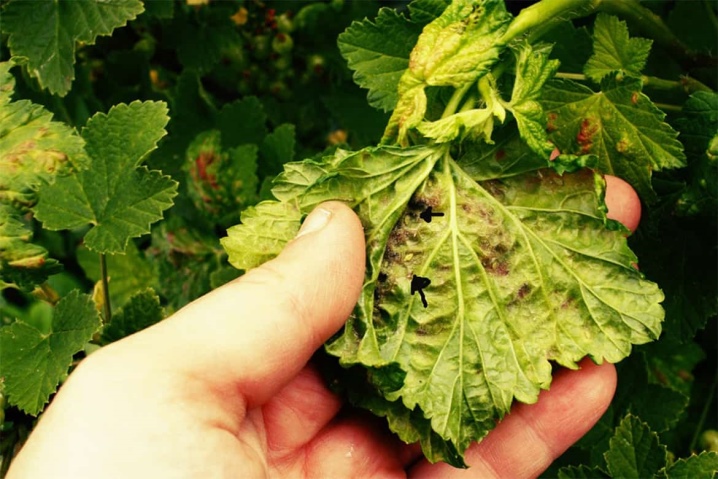
Physical measures
This method is suitable only for the especially patient and only for early spring. It involves a thorough examination of the branches of the bush, as well as cleaning up diseased kidneys. If there are more than 5 of them on a branch, then it should be cut off and burned along with the buds.

Besides, try not to use too much chemicals. Then useful insects such as ladybug, encarsia, lacewing, hoverfly, chalcids and others can help you in the fight against pests. They willingly eat kidney mites. However, if you use a large amount of pesticides, you run the risk of scaring off all natural helpers from the plant.
Agrotechnical methods
These methods are not distinguished by a high level of complexity. They should be guided rather in preventive measures.
Initially, it is recommended to pay attention to the plant varieties. Try to get those that have the greatest resistance to various kinds of diseases and attacks of harmful insects.
We strongly do not recommend using for planting those seedlings in whose health you are not sure. Otherwise, it can lead to infection of healthy bushes.
Try to provide the shrub with the necessary amount of moisture and nutrients. Remember to water the plant to avoid drought and pests.

Inspect the shrub regularly and trim off any damaged areas. In addition, do not be lazy to remove the remnants of old plants, as well as eliminate weeds, which are also spreading parasites.
Disease resistant varieties
There are many varieties that are highly resistant to kidney mites. The most popular among them are varieties such as Dachnitsa, Otradnaya, Snezhana, Rusalka, Katyusha and Yadrenaya. In addition, summer residents also distinguish the following varieties: "Black Pearl", "Bayana", "White Fairy", "Minx" and "Red Cross".
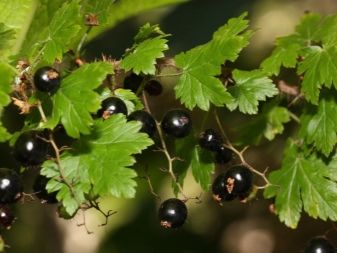
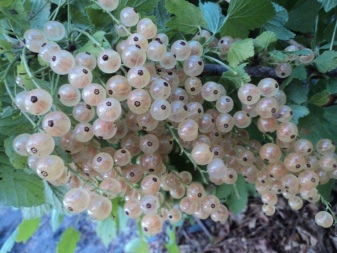













The comment was sent successfully.